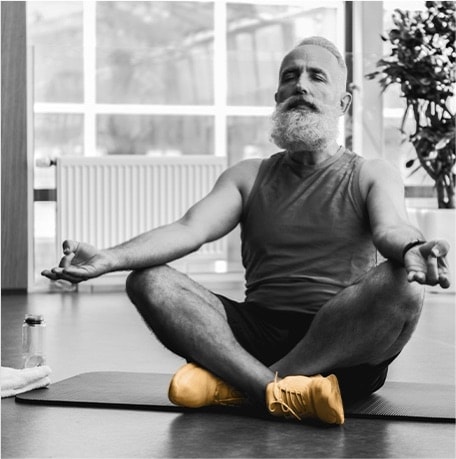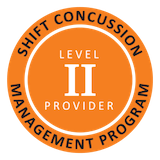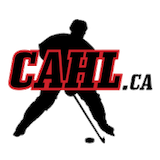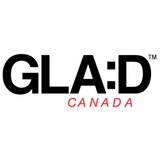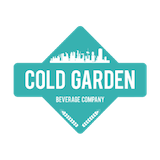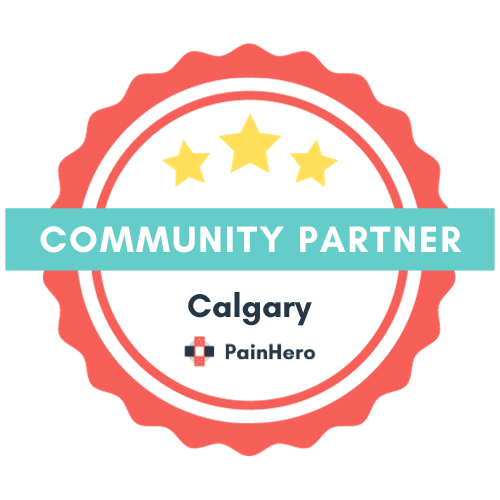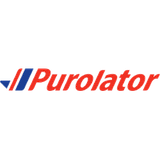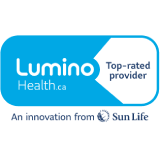We begin with a full assessment of your injury, pain, or concern. Be prepared to discuss any past injuries, medical history, and any medications you take, so we have a full understanding of your health. We’ll also discuss your goals from treatment and how we can help optimize your quality of life. Then, we’ll do a full physical exam, which can include assessments like range of motion, strength, balance, neurological functioning, functional movements, and other targeted tests. After the full assessment, we’ll have a deep understanding of what’s causing your pain.







